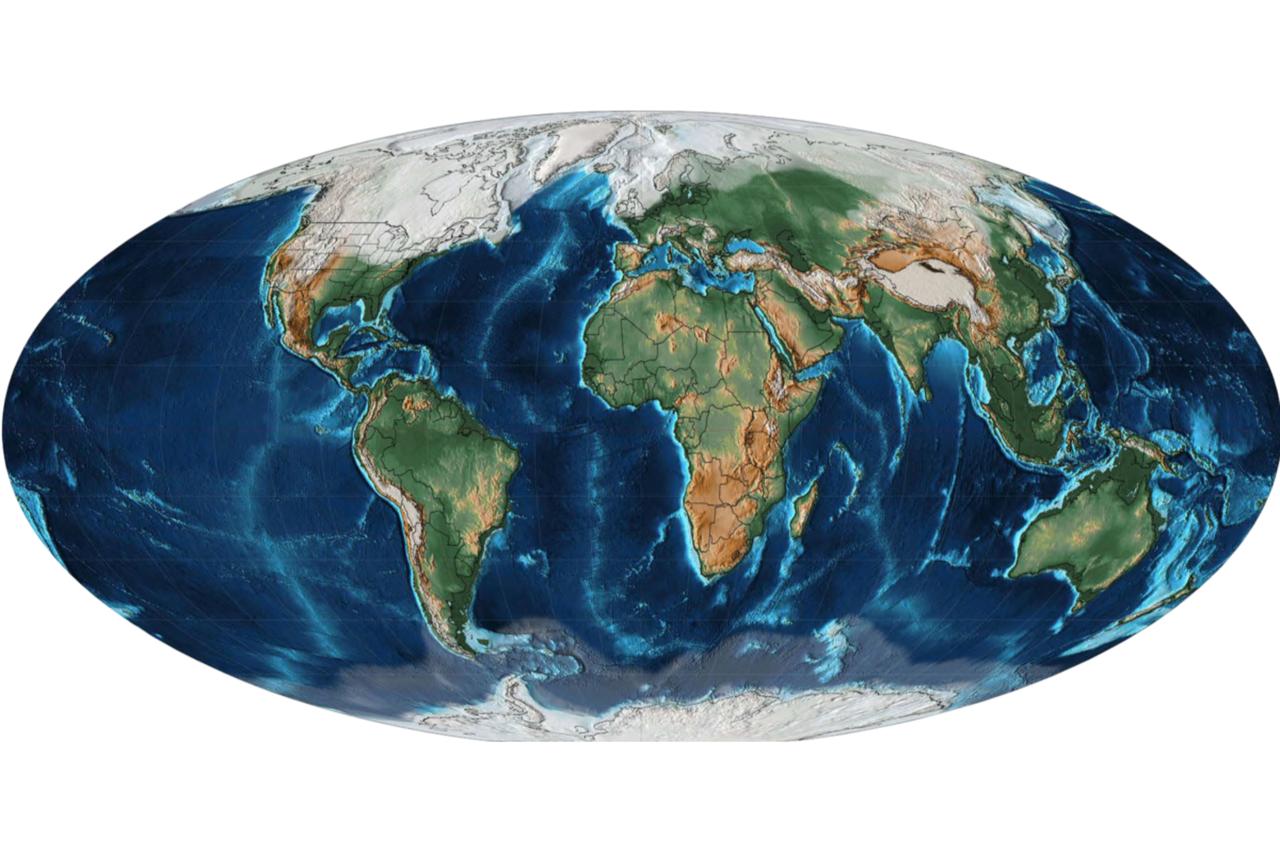
Ayvalik, now known for its olive groves and islands, looked very different during the Pleistocene Epoch between 2.58 million and 11,700 years ago.
Sea levels dropped by more than 100 meters, exposing vast coastal plains that created continuous landmasses between Anatolia and Europe.
“In all these periods, the present-day islands and peninsulas of Ayvalik would have formed interior zones within an expansive terrestrial environment,” said Professor Kadriye Ozcelik of Ankara University.
The two-week field survey in June 2022 focused on 10 coastal sites across 200 square kilometers and the findings were published in The Journal of Island and Coastal Archaeology.
Despite challenging conditions for preservation, researchers found:
“These large cutting tools are among the most iconic artifacts of the Paleolithic and are instantly recognizable even today, so are a very important find,” said Dr. Goknur Karahan of Hacettepe University.
Until now, scholars believed Homo sapiens reached Europe mainly by traveling through the Levant and the Balkans.
The Ayvalik discoveries suggest an alternative route was available when sea levels were lower.
“Our archaeological discovery has unveiled that this now-idyllic region once potentially offered a vital land bridge for human movement during the Pleistocene era,” Karahan explained. “It feels like we are adding an entirely new page to the story of human dispersal.”
The discovery challenges researchers to include the northeastern Aegean in migration studies rather than focusing only on mainland corridors.
The project was carried out by a fully female team of archaeologists from Türkiye.
Dr. Karahan called the experience of holding the first tools “both emotional and inspiring,” adding that each find brought excitement to the team.
Fellow researcher Dr. Hande Bulut of Duzce University emphasized that Ayvalik may have served as a long-term habitat.
She said, “The results underline Ayvalik's potential as a key area for understanding Paleolithic technological features in the eastern Aegean.”
Researchers recommend further work to establish the exact age and context of the artifacts. Planned efforts include:
These steps could clarify how Ayvalik fits into the broader picture of human movement into Europe.
What does this all mean?
Ayvalik had never before been systematically studied for its Paleolithic potential. Now, archaeologists say it holds “vital traces of early human activity” that could reshape migration theories.
Researchers believe that exploring how Anatolia and Europe were linked during the glacial sea-level low stands offers alternative pathways for how early humans moved around the region.
If confirmed, the Ayvalik land bridge would add Türkiye to the small list of regions that served as crucial stepping-stones in humanity’s journey across continents.